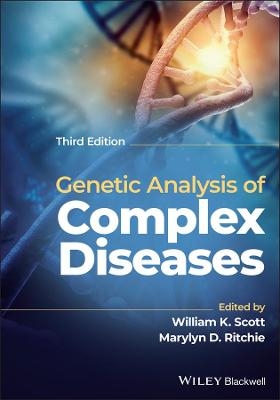
Histocompatibility Testing 1984
Report on the Ninth International Histocompatibility Workshop and Conference Held in Munich, West Germany, May 6–11, 1984 and in Vienna, Austria, May 13–15, 1984
Seiten
2011
|
1984
Springer Berlin (Verlag)
978-3-642-69772-2 (ISBN)
Springer Berlin (Verlag)
978-3-642-69772-2 (ISBN)
Introductory Remarks.- Nomenclature for Factors of the HLA System 1984.- Joint Reports.- Original Contributions.- Annex.- Index of Authors.
| Erscheint lt. Verlag | 21.11.2011 |
|---|---|
| Zusatzinfo | XXVIII, 764 p. |
| Verlagsort | Berlin |
| Sprache | englisch |
| Maße | 210 x 280 mm |
| Gewicht | 1906 g |
| Themenwelt | Medizin / Pharmazie ► Medizinische Fachgebiete ► Dermatologie |
| Studium ► 2. Studienabschnitt (Klinik) ► Humangenetik | |
| Studium ► Querschnittsbereiche ► Infektiologie / Immunologie | |
| Schlagworte | Histocompatibility |
| ISBN-10 | 3-642-69772-0 / 3642697720 |
| ISBN-13 | 978-3-642-69772-2 / 9783642697722 |
| Zustand | Neuware |
| Informationen gemäß Produktsicherheitsverordnung (GPSR) | |
| Haben Sie eine Frage zum Produkt? |
Mehr entdecken
aus dem Bereich
aus dem Bereich
Eine sehr persönliche Geschichte | Der New York Times-Bestseller
Buch | Softcover (2023)
Ullstein Taschenbuch Verlag
21,99 €
Die revolutionäre Medizin von morgen (Lifespan)
Buch | Softcover (2020)
DuMont Buchverlag
16,00 €


